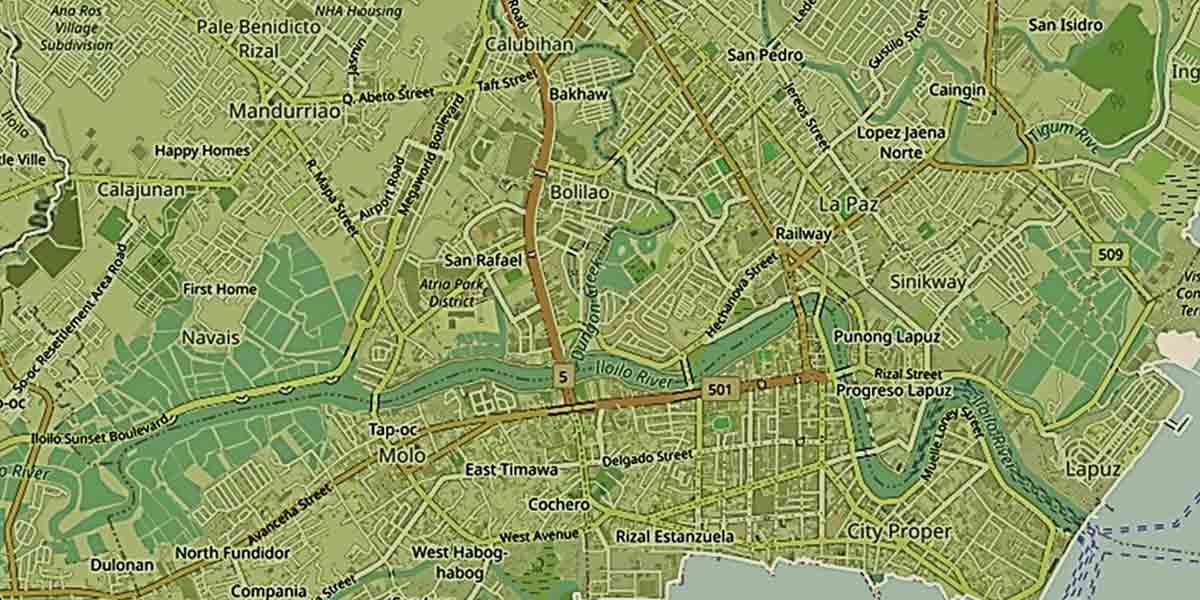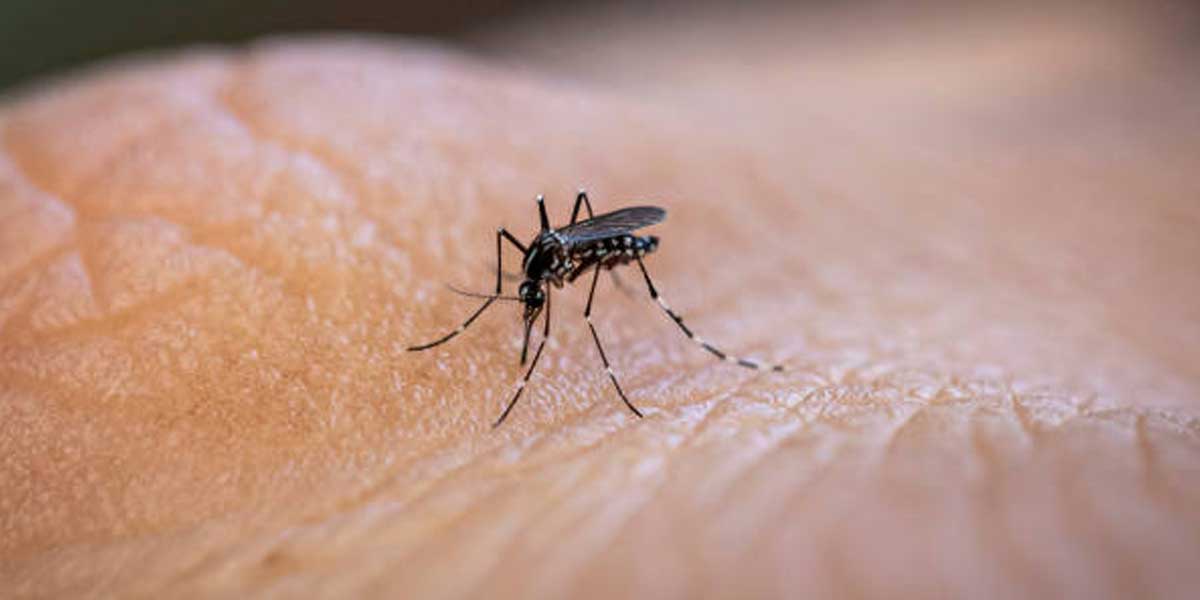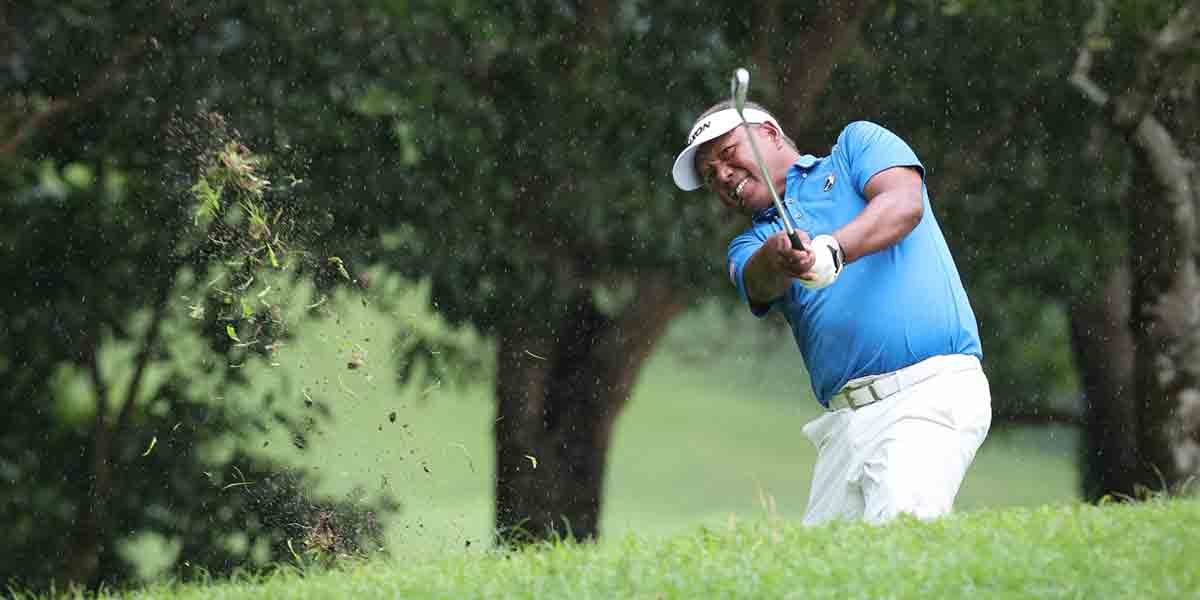By Rjay Zuriaga Castor
The Sangguniang Panlalawigan has placed the entire province of Iloilo under a state of calamity to enhance the dengue outbreak response by the health sector and local government units (LGUs).
The Provincial Disaster Risk Reduction and Management Council (PDRRMC) recommended the declaration, which was approved on Tuesday, August 21.
The PDRRMC has allocated P13.6 million from the Quick Response Fund for immediate interventions against the dengue outbreak, which has been a regular occurrence every three years.
The funds will cover P5 million for dengue test kits and medical supplies, P5.6 million for chemical and acid-resistant sprayers, and P3 million for IV fluids, all of which will be distributed to LGUs and 13 district hospitals.
Before the province-wide declaration, four towns—Passi City, Miagao, Tigbauan, and Oton—had already declared a dengue state of calamity.
The Iloilo Provincial Health Office (IPHO) reported 5,836 dengue cases and 10 confirmed deaths as of August 17.
The towns of Badiangan and Miagao each recorded two fatalities, while Passi City, Dingle, Lambunao, Barotac Nuevo, Igbaras, and Banate each reported one death.
The current case count represents a 418 percent increase from the 1,127 cases and one death recorded during the same period last year.
All 43 LGUs in the province and 357 villages have reported clusters of dengue cases.
IPHO head Dr. Maria Socorro Colmenares-Quiñon emphasized the need for a comprehensive approach to combat the outbreak.
“The more cases of dengue we have, the higher the risk of more deaths. Our concern is not just about health; we need a whole-of-society approach in responding to the outbreak,” she said.
Dr. Colmenares-Quiñon identified clogged drainage systems and the storage of water in open containers, particularly in government housing projects, as major contributors to the surge in dengue cases.
The IPHO has urged the public to take active measures to eliminate mosquito breeding sites, stressing that search-and-destroy efforts must go beyond merely cleaning surroundings.
“The search and destruction of breeding places cannot be addressed by just cleaning the surroundings alone; we must also find the breeding sites inside and outside our homes,” Colmenares-Quiñon said.


















